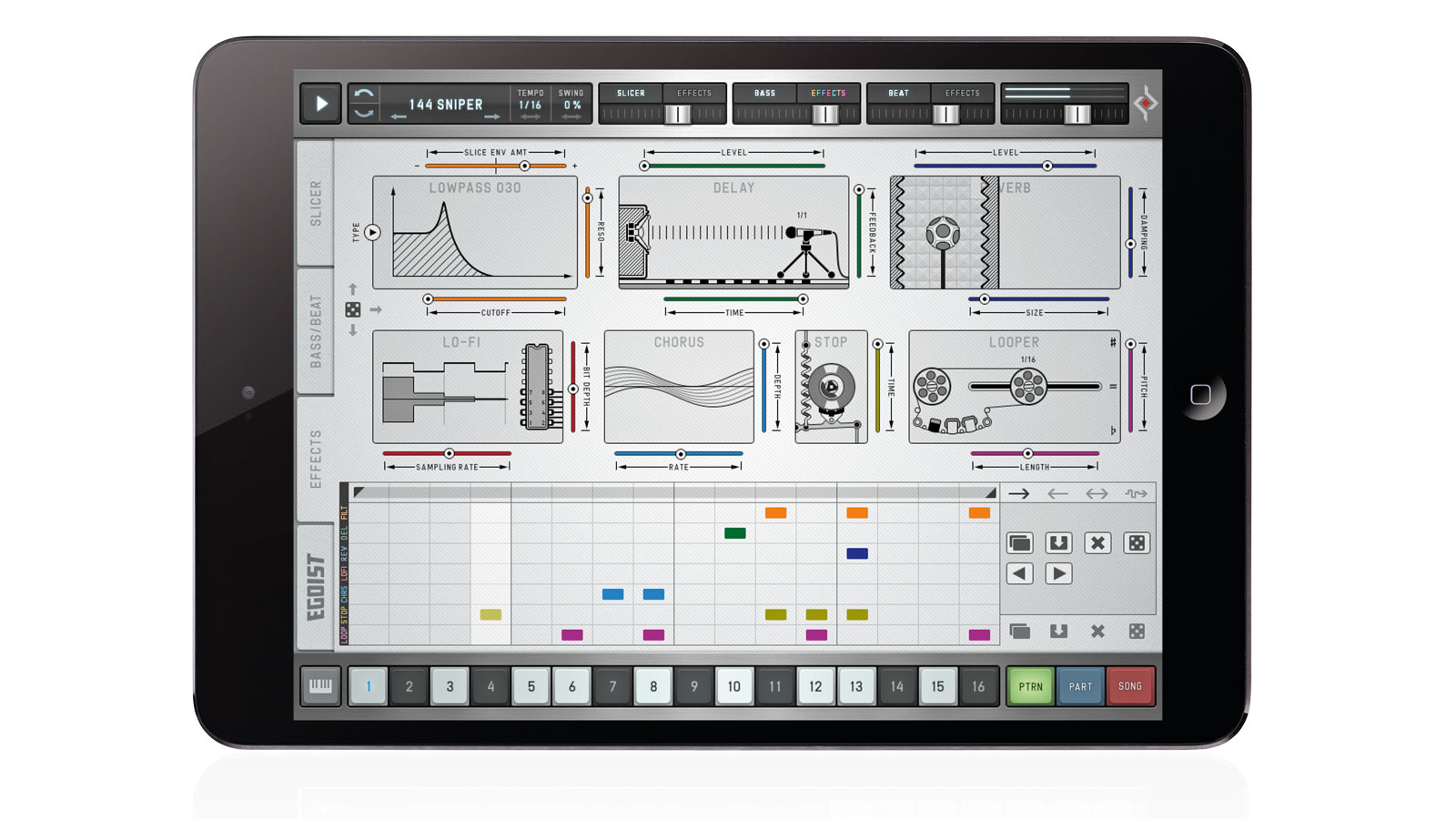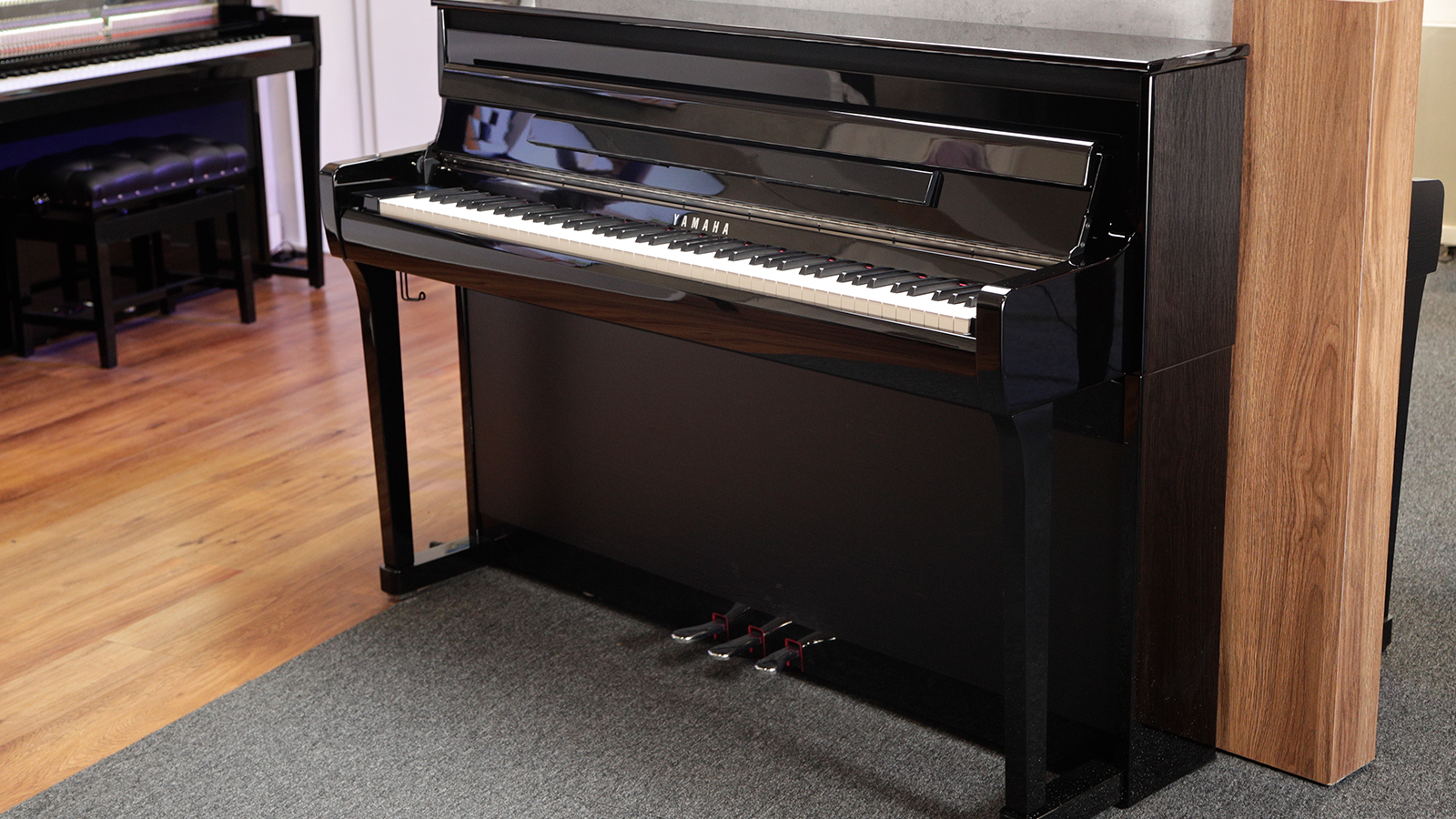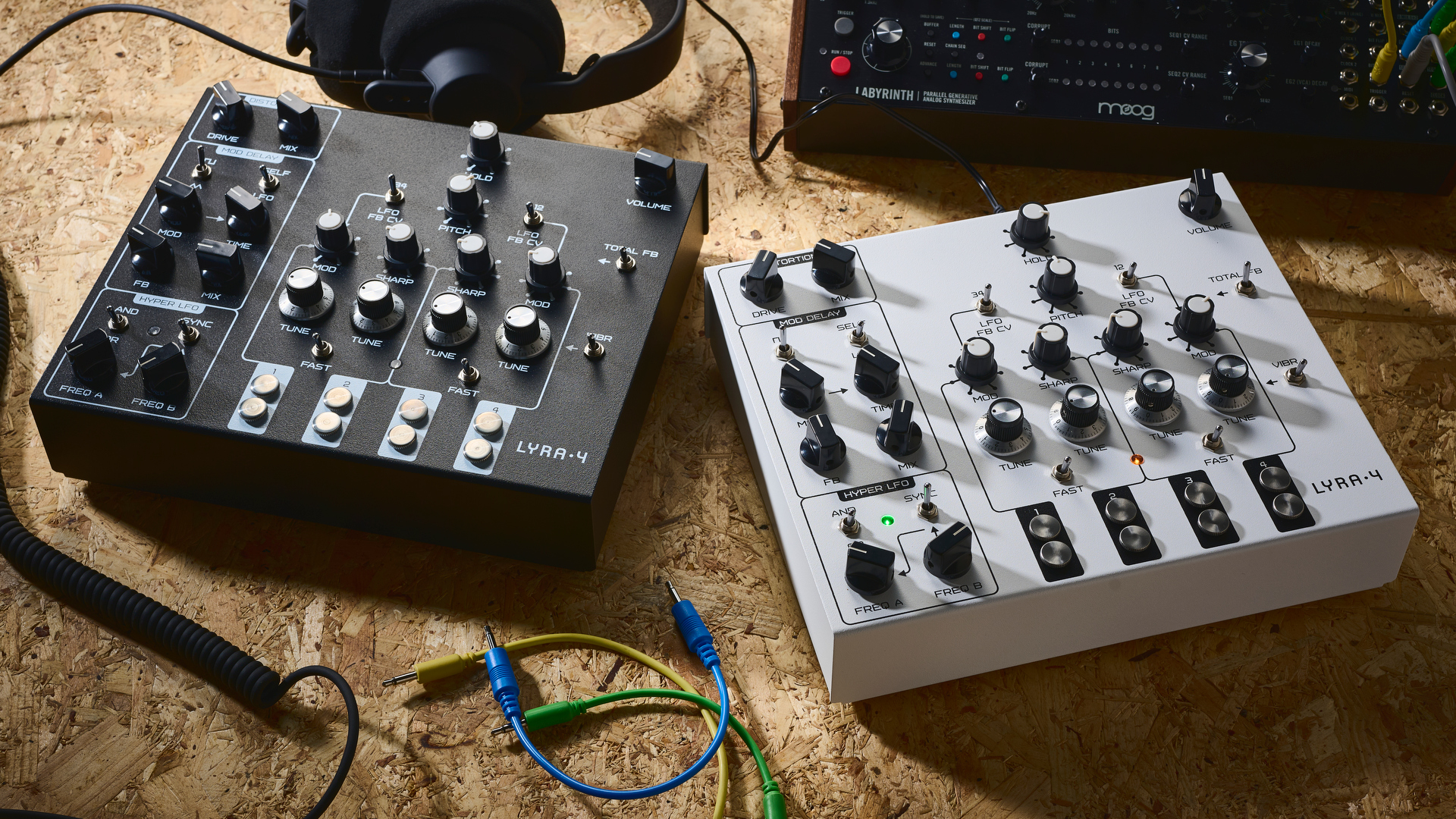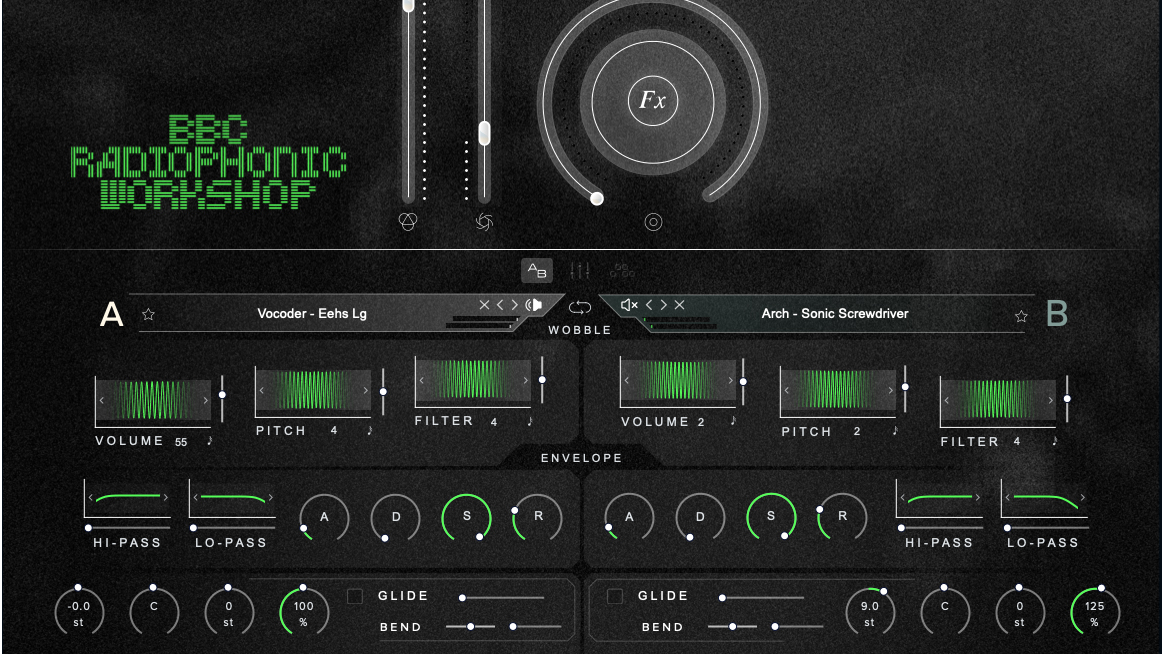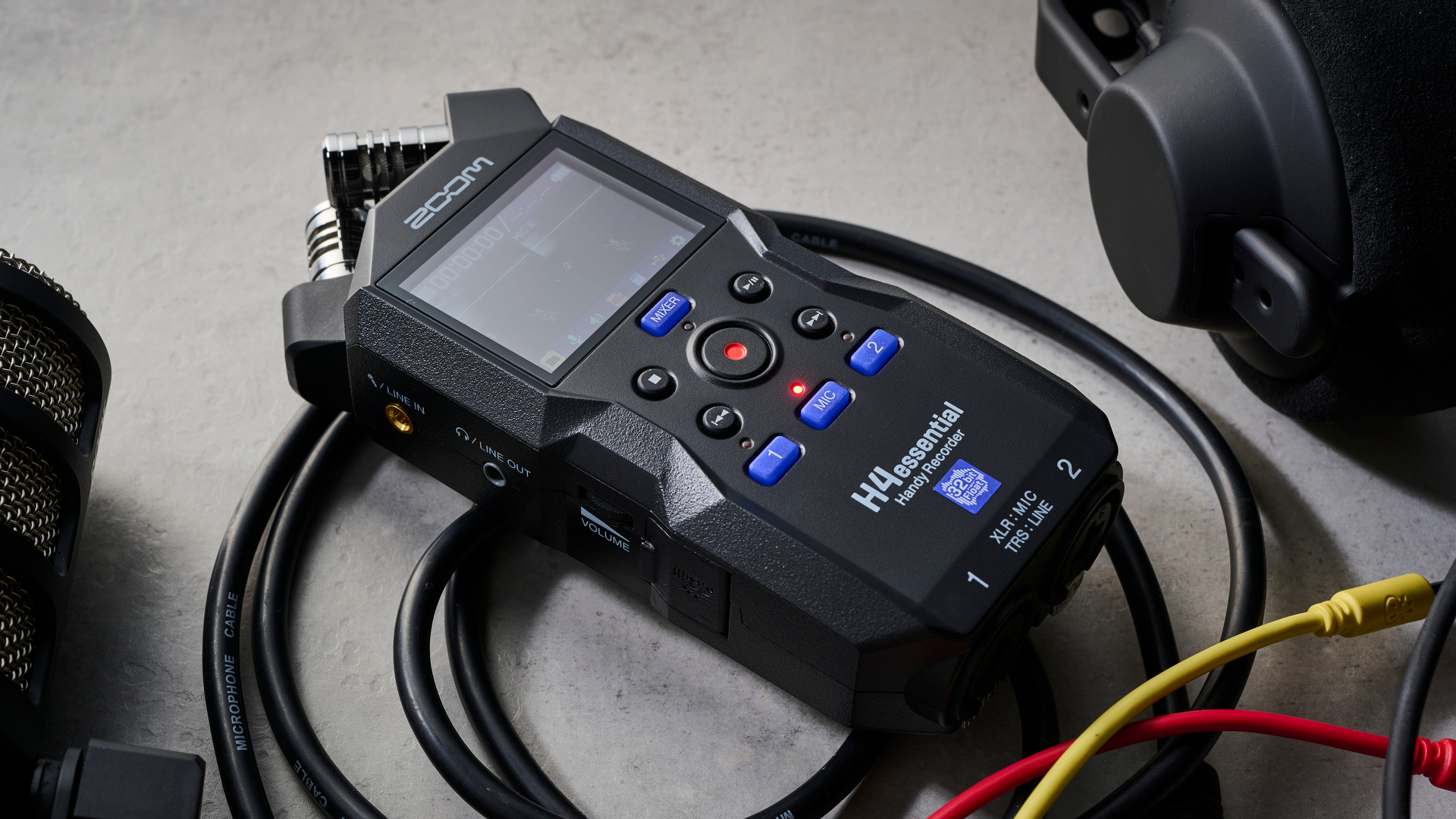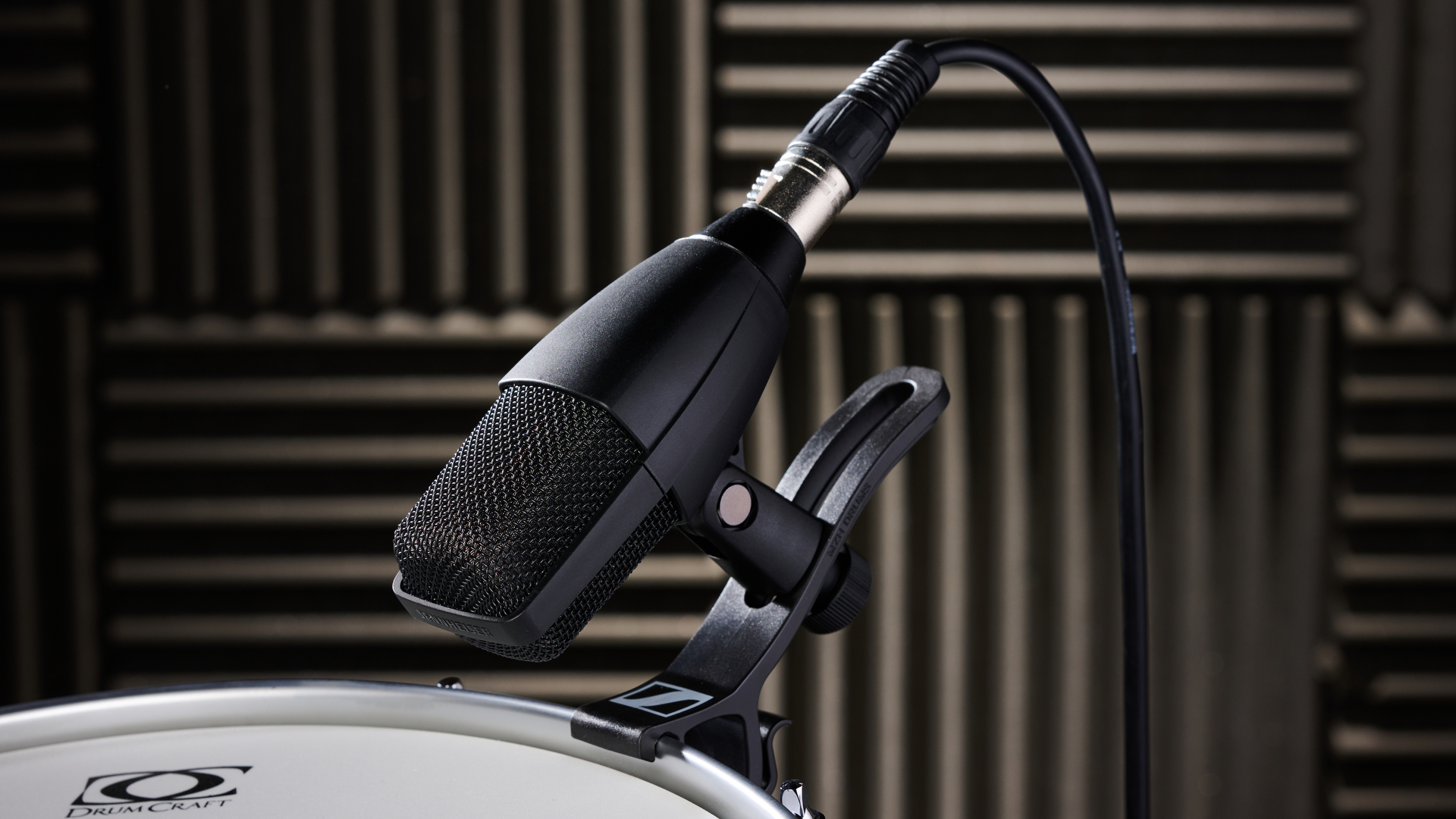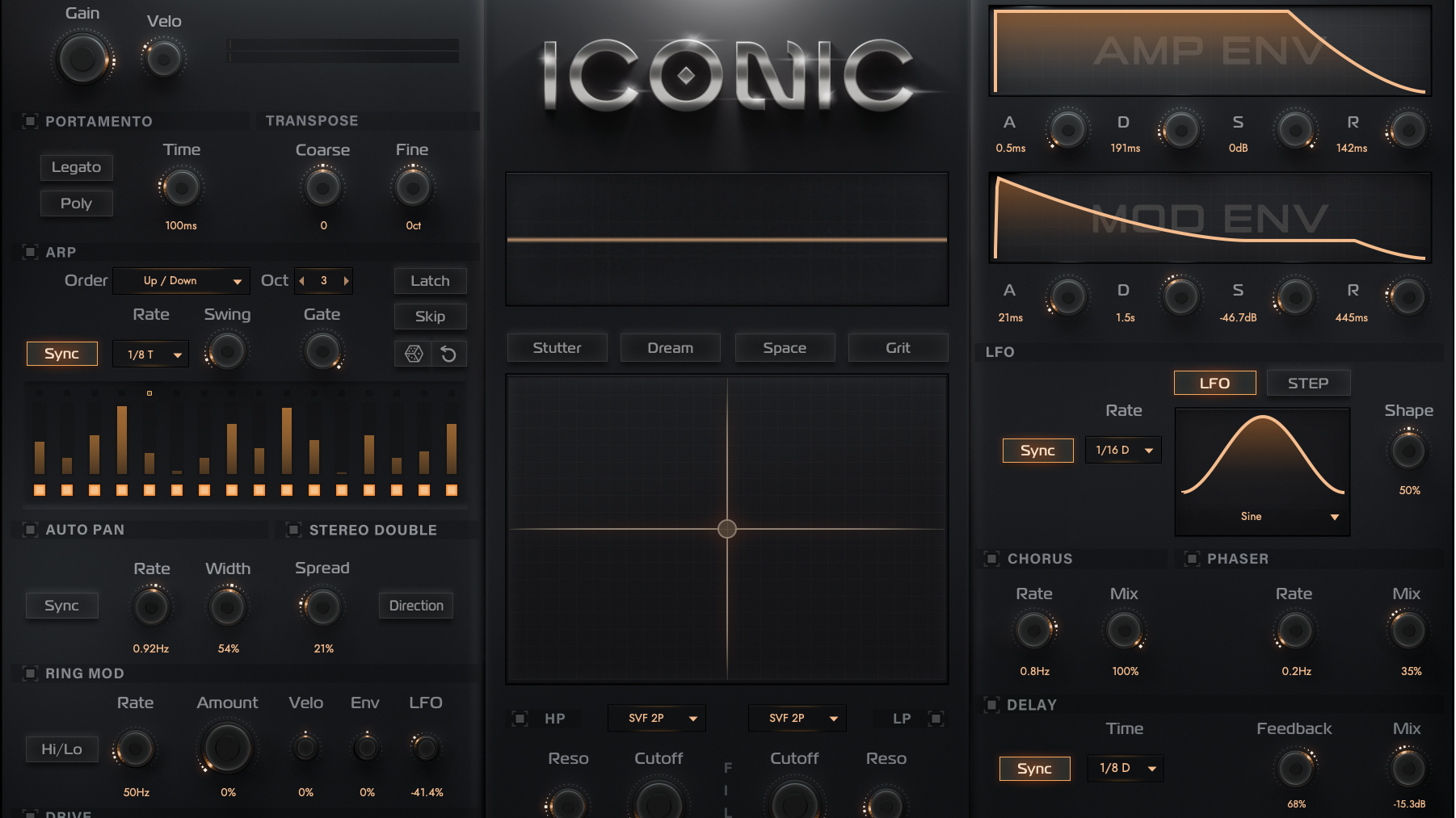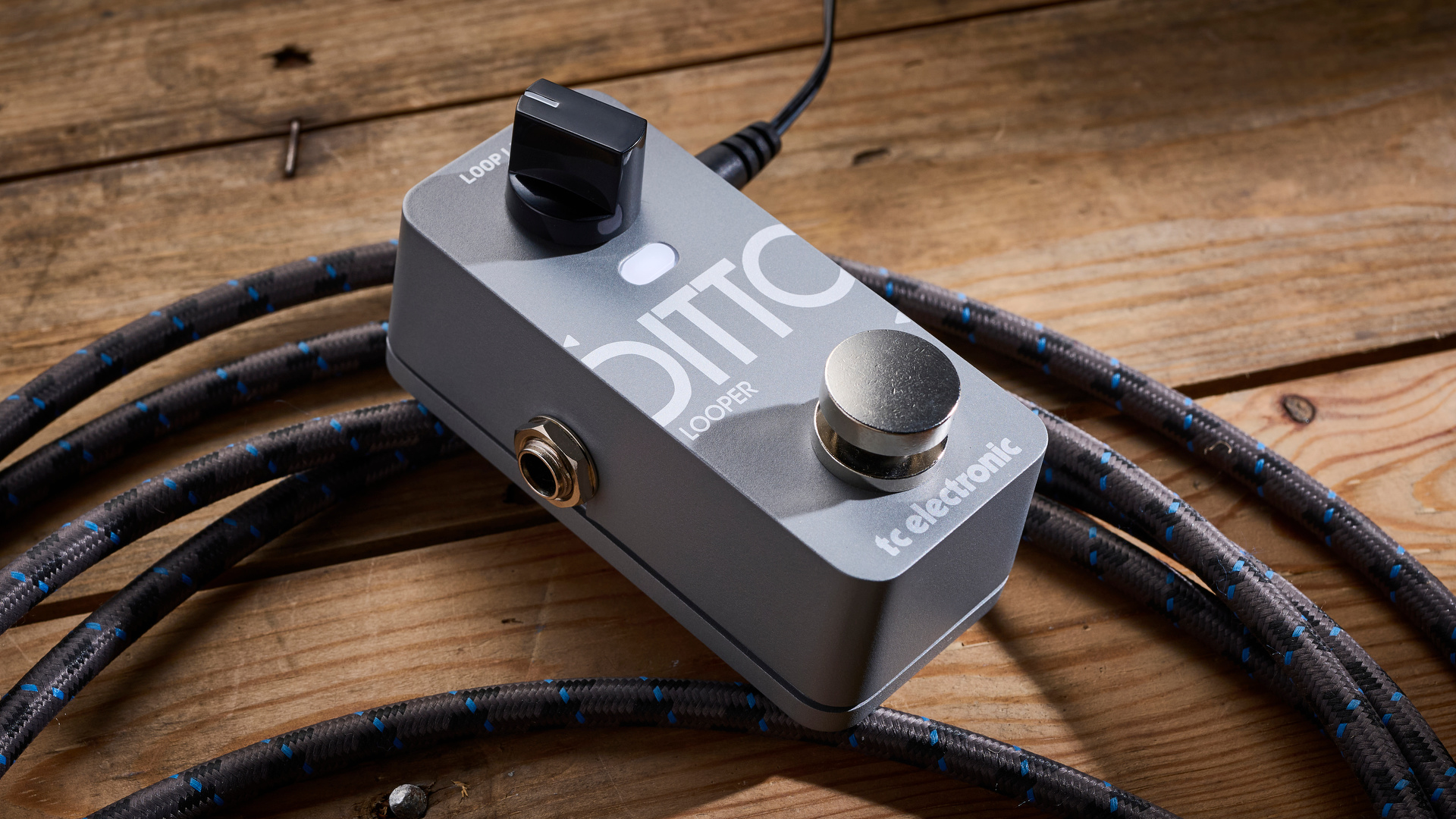MusicRadar Verdict
One of the coolest, most platform-appropriate mini-DAWs on the App Store - a focused, fun and frequently inspirational mobile musical notepad.
Pros
- +
Inspiring. Intuitive. Sounds great.
Cons
- -
Fiddly on the iPad mini. iTunes-only file sharing.
MusicRadar's got your back
With the Mac and PC version of Egoist running at 1024x768 resolution and the developer having succesfully ported four of its other plugins to iOS already, the eventual arrival of Sugar Bytes' self-contained groove production studio on the App Store was always inevitable. Indeed, it's almost as if it was built with Apple's mighty tablet in mind...
Egoist comprises three main, independently sequenced modules: Bass/Beat, Slicer and Effects. Beat/Bass plays host to a sample-based drum machine and a one-oscillator bass synth. You get 15 drum kits (each accessing 96 samples), covering a vast expanse of sonic ground, while the synth offers saw and square waves and three filter types.
"The slices can be triggered via MIDI, the built-in keyboard or the 16-step sequencer"
Apart from pitch control, the drums can't be edited at all (and you can't import your own samples), and the synth is decidedly basic; but both sound great and are nothing if not intuitive.
The Slicer module chops samples (from the impressive bundled collection, your iPad Music library, or imported via iTunes) into up to 16 slices, at their transients or manually.
The slices can be triggered via MIDI, the built-in keyboard or the 16-step sequencer (set the slider on each step to the desired slice number), which features modulation lanes for controlling level, pitch, forward/reverse playback, attack and decay.
The Effects page houses seven characterful FX modules (Reverb, Chorus, Comb, Delay, etc) and an Effectrix-style sequencer, for rhythmic processing of the three sources, collectively.
Egoist's Pattern/Part/Song-based approach to track construction is resolutely old-school but effective enough when you want to string a few parts together.
AudioBus, Inter-App Audio and AudioCopy/Paste are all supported, projects can be bounced (unlike the desktop version!), and there are randomise buttons all over the shop, for instantly conjuring chaotic patterns and effects setups.
Some of the finer controls can be a bit fiddly to get a virtual grip on (particularly on an iPad mini), and exporting project files to the Windows and OS X versions can only be done via iTunes file sharing, but those are just about the only gripes we have.
Computer Music magazine is the world’s best selling publication dedicated solely to making great music with your Mac or PC computer. Each issue it brings its lucky readers the best in cutting-edge tutorials, need-to-know, expert software reviews and even all the tools you actually need to make great music today, courtesy of our legendary CM Plugin Suite.
Brace yourself: Bryan Adams didn’t buy his first real six-string in a five and dime
“Nobody listens to one genre. I literally don’t know anybody who listens to one genre. You can be a fan of so many different artists at once”: Laufey on what Gen Z can teach the rest of us about how to appreciate music
Bon Iver - ranked: from Sable, Fable to For Emma, Forever Ago
